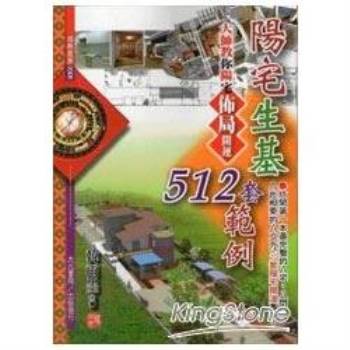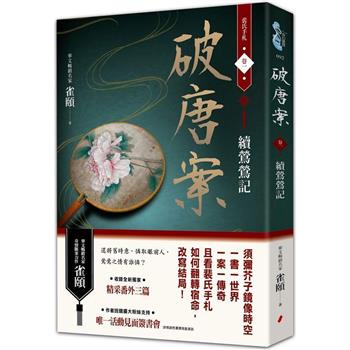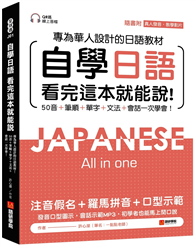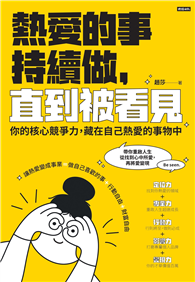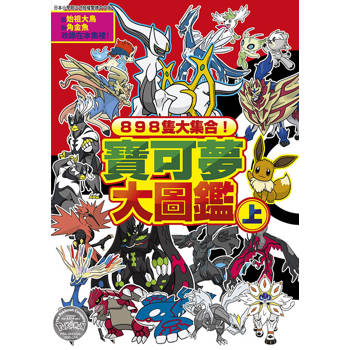及其最富魅力的企業領導人黃仁勳
ChatGPT問世後,「AI人工智慧」瞬間成為全球投資市場最熱門的關鍵字。而左右全球AI供應鏈的霸主——輝達,迅速竄升為廣受華爾街和全球操盤手注目,極具成長潛力的科技公司。其執行長黃仁勳名列AI領域具影響力的百大領導者,成為媒體爭相訪問的對象。
1993年成立的輝達,原本只是供應電玩遊戲機零組件的製造商,曾瀕臨破產,為何能成功轉型,成為AI硬體供應鏈王者?具遠見、個性充滿魅力的執行長黃仁勳無疑是關鍵人物。十多年前經過研究後,黃仁勳決意壓寶在人工智慧領域,多次受挫仍堅持朝著夢想前進,成為矽谷前瞻技術的築夢者。知名記者史蒂芬、維特(Stephen Witt)訪談這位專心致志、強悍卻又受到歡迎的執行長,及他的友人、投資者和員工,記錄下輝達和黃仁勳如史詩般磅礴的崛起歷程。
《The Thinking Machine》也講述了一小群叛逆的工程師,勇於革新電腦系統架構的故事。他們創造出全新型態的超級晶片和AI,實現虛擬化身、自主機器人、自駕車、生成式電影、藝術和書籍的可能,掀起本世紀新一波工業革命。(文/博客來編譯)
The riveting investigative account of Nvidia, the tech company that has exploded in value for its artificial intelligence computing hardware, and Jensen Huang, Nvidia’s charismatic, uncompromising CEO
In March 2024, following the revelation that ChatGPT had trained on Nvidia’s microchips, and twenty-one years after its founding in a Denny’s restaurant, Nvidia became the third most-valuable corporation on Earth. In The Thinking Machine, acclaimed journalist Stephen Witt recounts the unlikely story of how a manufacturer of video game components shocked Silicon Valley by establishing a monopoly on AI hardware, and in the process re-invented the computer.
Essential to Nvidia’s meteoric success is its visionary CEO Jensen Huang, who more than a decade ago, on the basis of a few promising scientific results, bet his entire company on AI. Through unprecedented access to Huang, his friends, his investors, and his employees, Witt documents for the first time the company’s epic rise and its iconoclastic CEO, who emerges as a compelling, single-minded, and ferocious leader, and now one of Silicon Valley’s most influential figures.
The Thinking Machine is the story of how Nvidia evolved from selling cheap, aftermarket circuit boards to hundred-million-dollar room-sized supercomputers. It is the story of a determined entrepreneur who defied Wall Street to push his radical vision for computing, in the process becoming one of the wealthiest men alive. It is about a revolution in computer architecture, and the small group of renegade engineers who made it happen. And it’s the story of our awesome and terrifying AI future, which Huang has billed as the “next industrial revolution,” as a new kind of microchip unlocks hyper-realistic avatars, autonomous robots, self-driving cars, and new movies, art, and books, generated on command.

